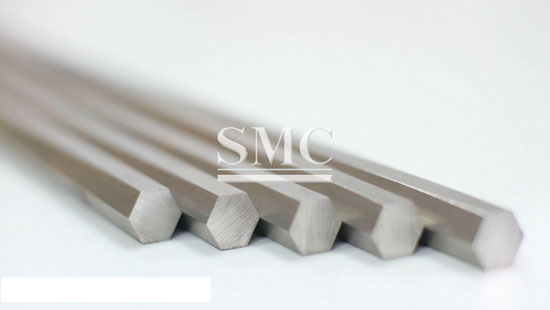A train is a means of transportation that many people cannot avoid in their lives. Unlike a trackless vehicle, it has to travel on a fixed rail. Then the track supporting such a high-speed car body must have considerable performance, and its strength, toughness and corrosion resistance must reach certain indexes. But if we look closely, we will find that many train tracks are rusty, and even many railways just laid out. From this we can’t help but wonder, the rails carrying the lives of passengers are so responsible, why not use stainless steel instead?
First, let’s compare the advantages and disadvantages of the existing rail and stainless steel in terms of performance, and then discuss whether it is up to standard and cost-effective if replaced with stainless steel. The difference between steel and iron is mainly in the carbon content. The iron-carbon alloy with less than 2% carbon is called steel, and the iron above this standard is iron. The “rail” we have said on weekdays is just a habitual name. In fact, like stainless steel, it is also a type of steel. The scientific name is “high manganese steel”. As the name suggests, it is a certain amount of manganese.
High manganese steel has high strength and good toughness, and can withstand the compression and impact of the hub on the track during high-speed train operation. On the contrary, stainless steel does not have this feature. Stainless steel cannot meet the demand for rail as its manganese content is insufficient. For example, experienced people will never use stainless steel to make knives, because the knives produced are also difficult to get out, which is because of the soft texture. In addition to the hardness and strength of high manganese steel meets the requirements, another major advantage is the high density. When an oxide film is formed on the surface of the manganese rail, a protection is formed inside to avoid further oxidation. Therefore, we often see the rust on the rails, and actually do not affect the use at all.

Another factor that makes stainless steel impossible to replace high manganese steel is the price cost. The reason why stainless steel looks bright and bright is because it contains a certain amount of chromium and nickel, and these two substances are relatively rare, and the price is not very close to the people. As the finished stainless steel water rises, even the cheapest 201 stainless steel has a cost of more than 20,000 yuan a ton, such a cost can not afford the railway construction. In addition, many people think that stainless steel does not rust, which is actually a misunderstanding. Stainless steel does not rust, but the oxide film produced is the same color as the steel body and is not easy to distinguish.
Considering a whole, mass-produced parts like rails can’t just look at the appearance, but also take into account many factors such as part function, material performance, working environment, and cost. As a result, it is doomed that stainless steel cannot replace it as a raw material for rails in the confrontation with high manganese steel.
Guest contributors are welcome at the Alloy Wiki.It is a weekly wiki and guide on alloy information and processing technology, while also about the vast array of opportunities that are present in manufacturing. Our team of writers consists of a Machining Material Supplier / Machinist / Tool and Die Maker, a Biomedical Engineer / Product Development Engineer, a Job Development Coordinator / Adjunct Professor, and a President and CEO of a manufacturing facility.
Link to this article:Why Does the Train Track Use Rusty Iron Instead of Stainless Steel?
Reprint Statement: If there are no special instructions, all articles on this site are original. Please indicate the source for reprinting:Alloy Wiki,thanks!^^


